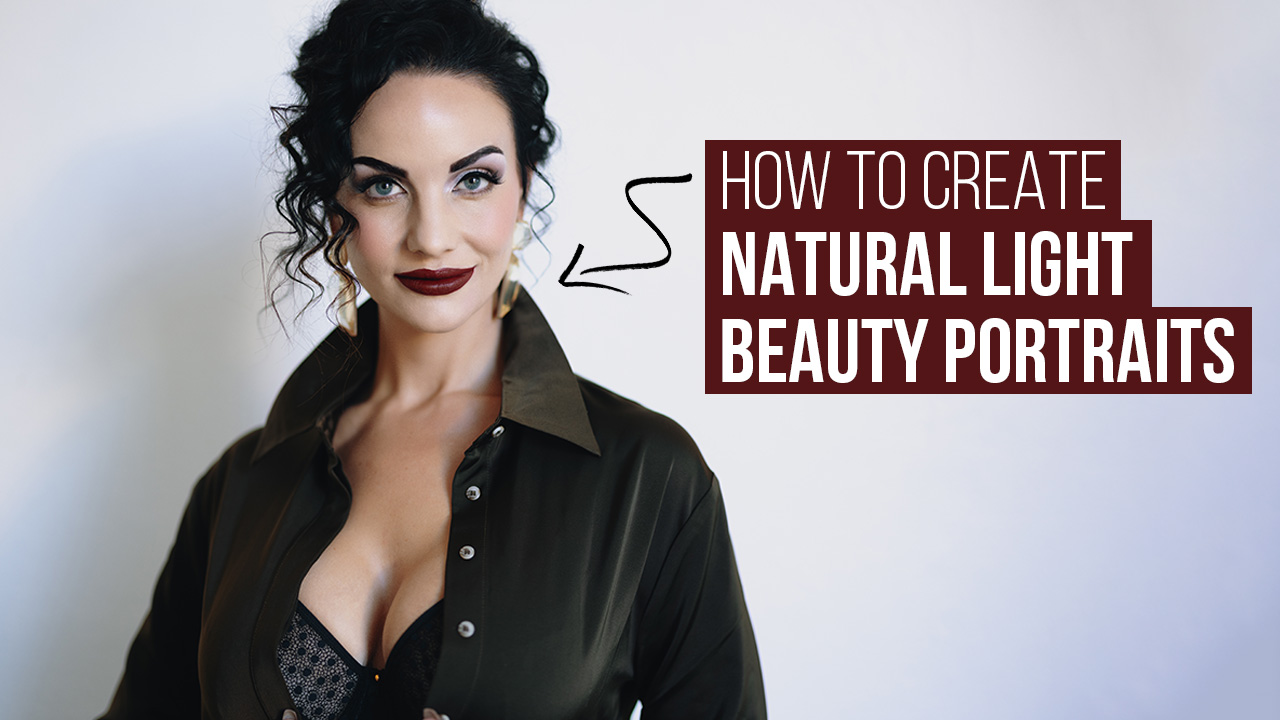What is a beauty portrait?
Traditional beauty portraits (or “beauty shots”) consist of close-up portraits cropped so as to focus on the subject’s face, often featuring dramatic hair and makeup as well as more natural, fresh-faced looks.
At the end of my shoot, you’ll notice I played around with cropping by mixing in some 3/4 crop images. Are these “real” beauty portraits? Maybe. Rules were meant to be broken!
The best lighting for beauty portraits
Location-wise, I chose the apartment with the softest lighting possible – specifically a large window with non-direct light (such as open shade windows) and white walls that enabled me to place Alissa for maximum diffused natural lighting effects.
Pro Tip: I always had her look either directly at me or towards a window to avoid shadowy areas across her face.
Posing for natural light beauty portraits
As part of creating great portraits, constant movement is crucial. Asking our clients to “stand there,” or perform tasks over there may not always produce desired results since our clients aren’t supermodels!
I like to walk them through specific motions step-by-step and watch for those moments where there is motion; touching their hair, moving their shirt, looking away or laughing etc. This helps them loosen up in front of the camera and when used for beauty portraits makes their poses look more natural and natural than forced or awkward.
As seen in the video, I pay meticulous attention to each and every detail of Alissa’s pose before taking even one shot – from hair and clothing choices, jewelry placement and pose structure, I want everything exactly how I envision it for our photoshoot session.
The final images
SOOC (straight out of camera) with no editing
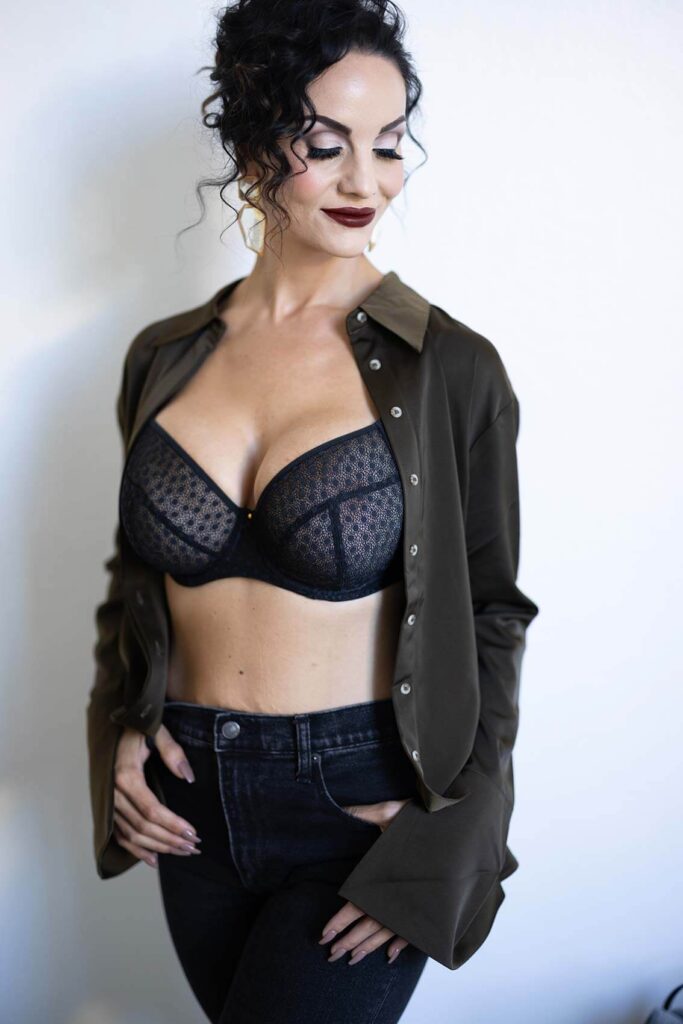
Settings: f/1.2 @ 1/100, ISO 100
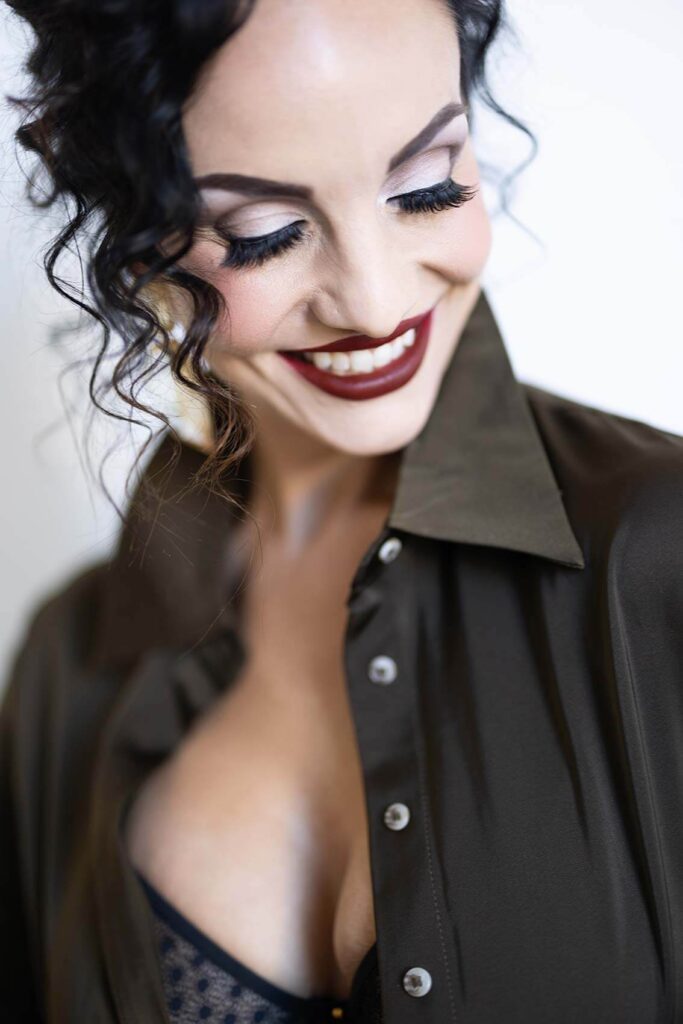
Settings: f/1.2 @ 1/60, ISO 100
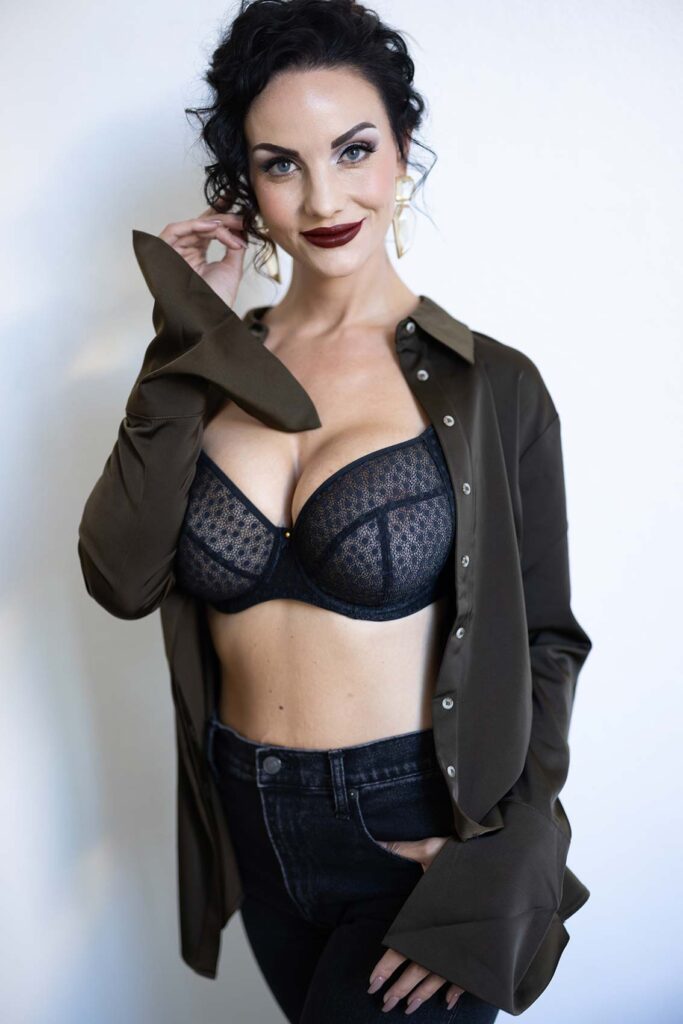
Settings: f/1.2 @ 1/100, ISO 100
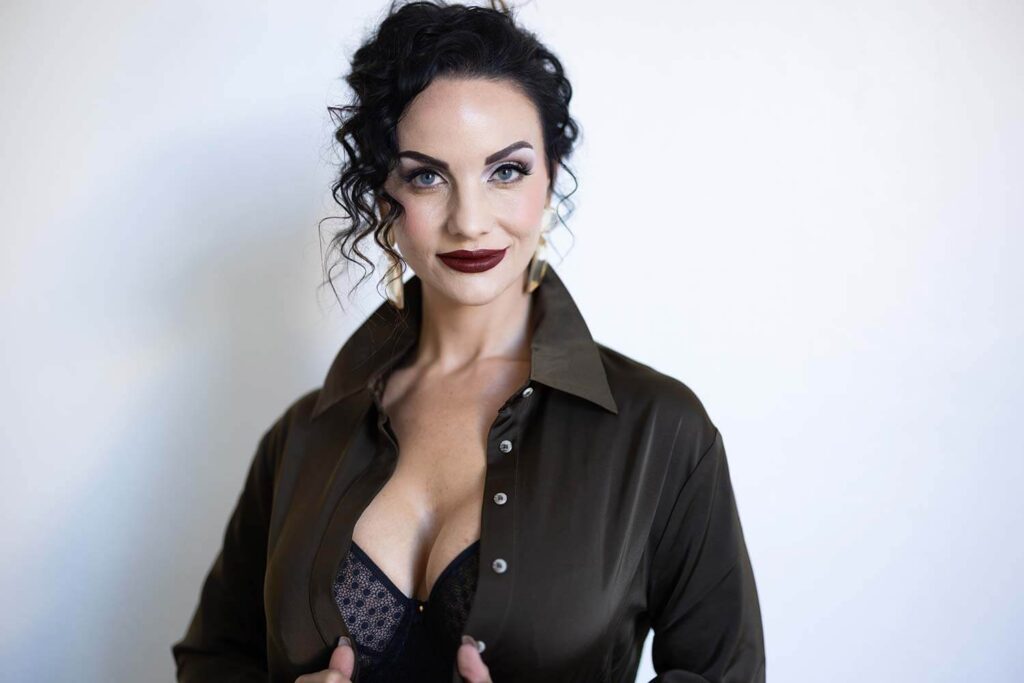
Settings: f/1.2 @ 1/125, ISO 100
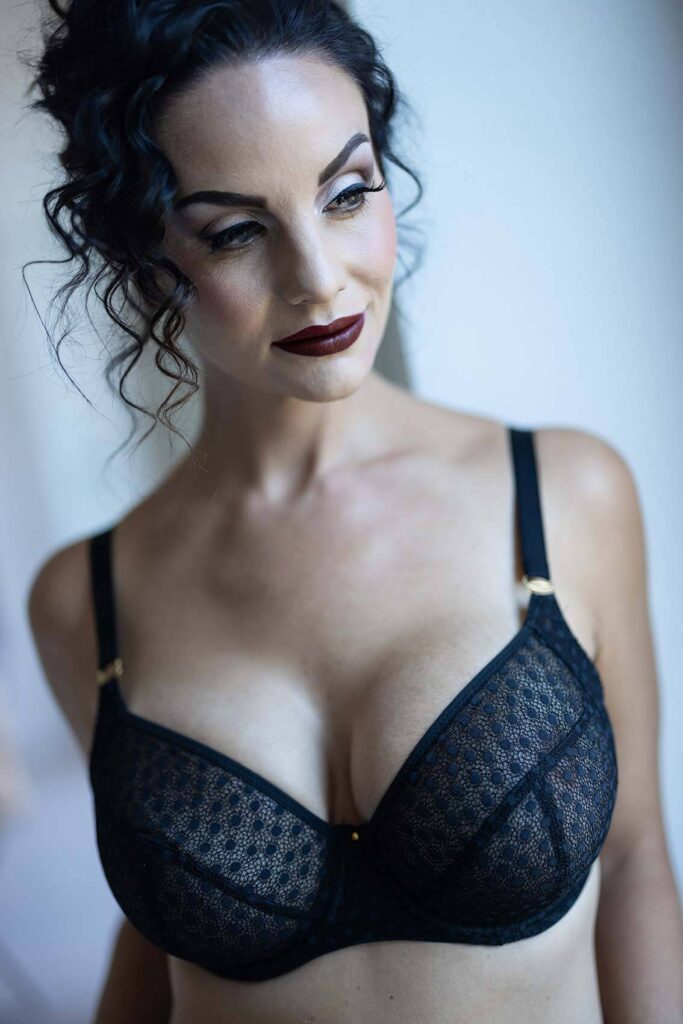
Settings: f/1.2 @ 1/250, ISO 100
Which natural light beauty portrait was your favorite?
Let us know in the comments!
